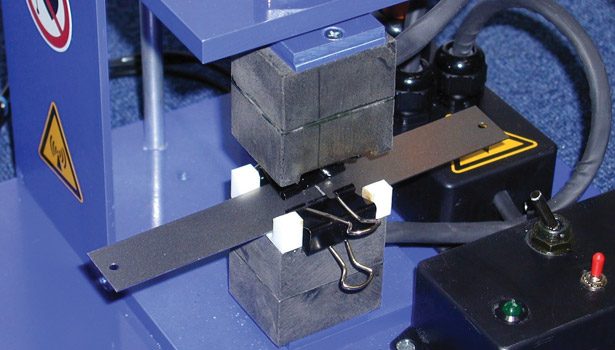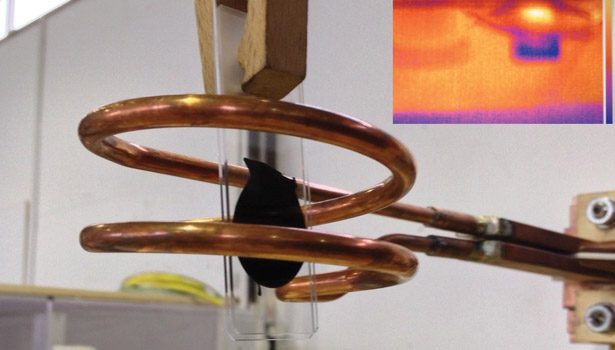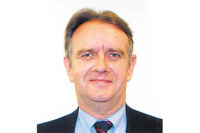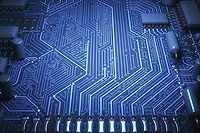Adhesive bonding in industrial production often requires very short curing times. In the case of reactive adhesives, this generally means high curing temperatures. Unlike conventional heating of the whole assembly by using convection ovens, the application of electromagnetic induction or microwave radiation enables rapid processes and curing, even of bond lines that are thick or difficult to access.
Operational Principles
When applying induction curing, the energy is introduced to the substrate by means of alternating electromagnetic fields in the kHz frequency range. In the case of conductive metallic parts, the workpieces will heat very quickly, as will the bond line. Compared to traditional heating, no time is needed for the heat transfer, so the adhesive can be cured within minutes or even seconds.1 When working with non-conductive substrates, like ceramics, polymers or composites, adhesives can be modified with appropriate fillers. This will cause direct heating of the bond line and hence rapid curing.
A similar effect can be achieved by using microwave energy in the GHz frequency range, preferably for non-metallic or partial metallic bonding partners. Adhesives generally show a good absorption of microwave energy due to their polar groups, and will heat within seconds independently of their thermal conductivity and across the whole volume. Design and use of appropriate microwave probes will enable a targeted irradiation of the bond line. Suitable resin/hardener systems must be tolerant against high heating rates; cure rapidly at high temperatures; and retain the desired specifications for viscosity, heat resistance, mechanical properties, etc.
Applications
• Attachment of ferrite magnets to metallic substrates
• Potting of sensors in housings
• Sealing/casting of continuous goods (e.g., optical fiber cables)
• Bonding of electronic components to polymer and metal substrates
• Applications of microwave curing
• Joining of glass and plastic components to each other or to metallic workpieces
• Accelerated curing of fiber-reinforced polymers
• Curing of coatings
• Glop-top for flip chip-mounted SMDs
Key Features and Benefits
• Adhesive curing in minutes to seconds
• Joining of metallic parts (induction curing) or of metallic parts with non-metallic substrates
• Potting and bonding of non-metal components (e.g., glass, ceramics, plastics, PCBs) that won’t be heated themselves
• Preferably at bond line thicknesses above ~ 0.5 mm and for potting of medium to high volumes
A Comprehensive Solution
Induction curing is a procedure that has to be evaluated and customized according to the respective application regarding adhesive properties, substrate and equipment geometry, frequency, and power, to find an optimum temperature profile. The same applies for microwave curing, where appropriate devices like continuous ovens, batch ovens or directional antennae are available.
For more information, visit www.polytec-pt.com.
Reference
1. Maurer, A., Lammel, C., “Adhesion,” Adhesives & Sealants, 11 (1), 2014, pp. 26-29.






